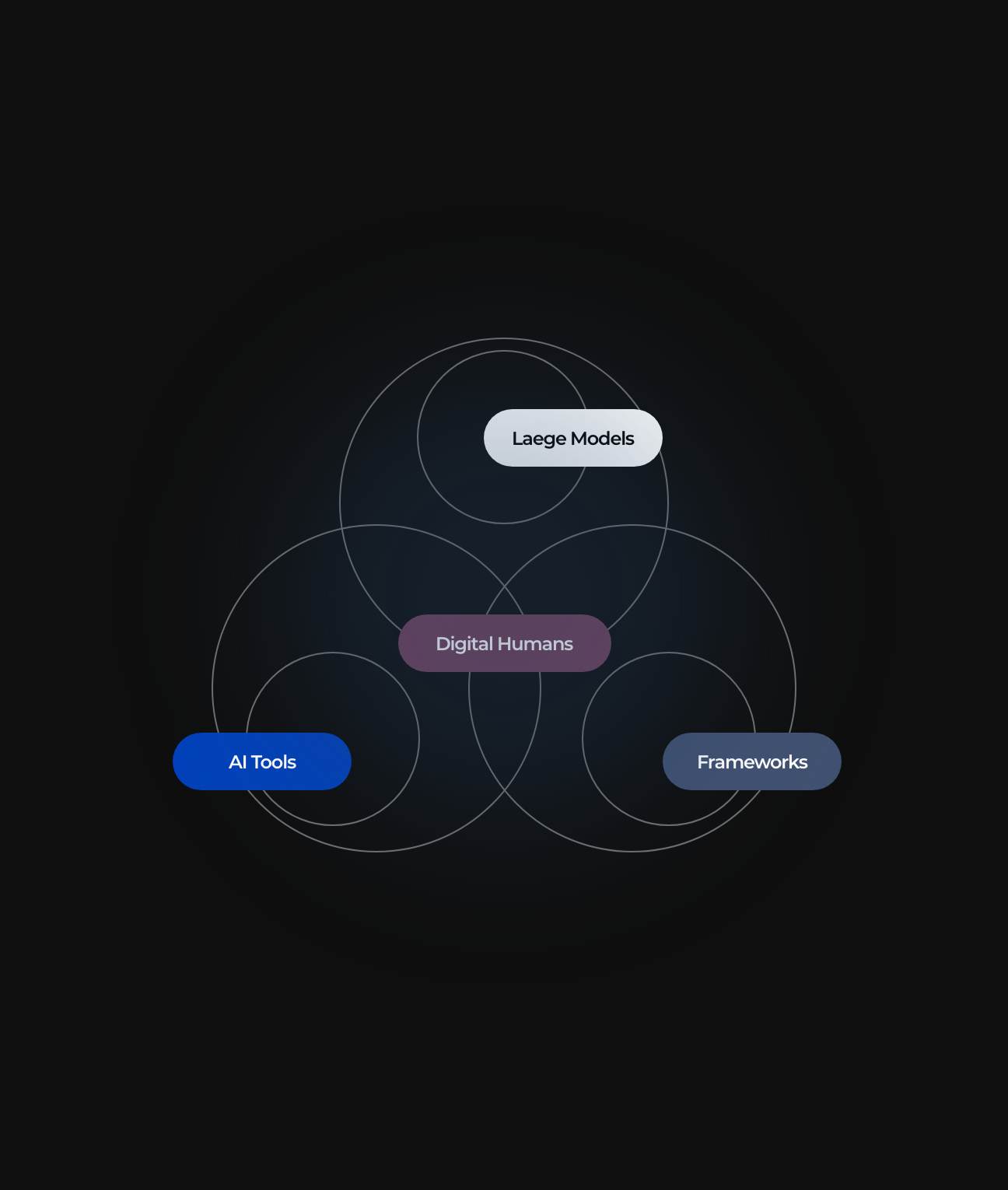The rapid evolution of artificial intelligence (AI) has brought significant changes in various sectors, with healthcare being among the most transformative. AI healthcare automation harnesses the power of advanced algorithms and machine learning models to streamline processes, enhance patient care, and improve overall operational efficiency. As the industry increasingly adopts these technologies, it’s essential to explore the latest news, trends, and solutions that define this burgeoning field.
.
One of the most promising aspects of AI in healthcare is its ability to process and analyze vast amounts of data swiftly. With patient records, medical imaging, and genomic data, healthcare professionals generated a staggering amount of information daily. AI healthcare automation tools can sift through this data, providing actionable insights that enhance decision-making and clinical outcomes. From predictive analytics, which assess patient risks, to diagnostic AI that interprets medical images, the possibilities seem endless.
.
Recent trends in AI healthcare automation indicate a marked shift toward more integrated systems. These systems aim to automate repetitive administrative tasks, such as scheduling appointments, managing documentation, and billing. By automating these processes, healthcare providers can redirect their efforts to patient-centered care, significantly improving the overall patient experience. Additionally, automation reduces the margin of error associated with manual data entry, further enhancing the quality of care.
.
Another noteworthy development in AI healthcare automation is the emergence of platforms that integrate patient engagement tools with clinical workflows. Companies are increasingly adopting solutions that enable them to communicate effectively with patients through mobile applications and telehealth services. This integration allows for timely interventions and follow-ups, ultimately leading to better health outcomes and higher patient satisfaction scores.
.
A key player in the AI landscape is Google’s Pathways Language Model (PaLM), designed to handle multiple languages and facilitate various language-related tasks. While primarily serving the natural language processing (NLP) domain, PaLM’s implications for healthcare are profound, particularly in multilingual tasks.
.
In patient care, the importance of effectively communicating with diverse populations cannot be overstated. Miscommunication can lead to misdiagnosis, improper treatment, and decreased patient adherence to prescribed therapies. Leveraging PaLM in multilingual healthcare settings can ensure that language barriers are minimized. By providing real-time translations of medical documents and facilitating accurate information exchange between patients and healthcare providers, PaLM stands to significantly enhance the patient experience.
.
PaLM’s adaptability also opens the door for a broader implementation of AI healthcare automation. Tailoring treatment plans, patient education, and health information dissemination to multiple languages can address disparities in healthcare access and enhance equity. As health systems continue to expose themselves to international patients and increase diversity within their communities, the ability to translate and communicate effectively in multiple languages becomes crucial.
.
Moreover, innovative platforms like INONX are emerging to create automated workflows that can adapt to various healthcare environments. INONX integrates AI healthcare automation with existing clinical infrastructures to optimize workflows, enhance communication, and minimize clerical burdens on healthcare staff.
.
The INONX platform uses machine learning to engage healthcare providers in creating personalized workflows that are suited to specific medical settings. By streamlining tasks—from processing patient data to coordinating with ancillary services—INONX empowers healthcare professionals to focus on delivering higher-quality care. As a result, organizations that implement INONX can expect to see reduced operational costs, enhanced staff satisfaction, and improved patient safety.
.
One of the critical aspects of INONX is its agnostic nature, allowing it to interface seamlessly with existing electronic health record (EHR) systems and other software. This interoperability is crucial for healthcare organizations looking to adopt advanced solutions without overhauling their entire IT infrastructure. By providing scalable automation, INONX can assist organizations in adapting to new technologies and systems while maintaining high standards of patient care.
.
As healthcare systems continue to evolve, the role of AI healthcare automation will likely expand. Experts predict that upcoming regulatory changes and the need for more efficient operations will further precipitate the integration of AI and automation technologies. What we are witnessing today is just the beginning; the future holds tremendous potential for even greater transformations.
.
The global pandemic has accelerated the need for innovative healthcare solutions, and AI healthcare automation stands at the forefront of this transformation. As healthcare providers strive to enhance their services and reduce operational burdens, adopting AI technologies will become increasingly vital. With automation leading the way, healthcare professionals can devote more time to their patients, ultimately resulting in better health outcomes.
.
In conclusion, AI healthcare automation is revolutionizing the healthcare industry by streamlining processes, enabling greater efficiency, and fostering improved patient care. The advancements made possible by systems like Google’s PaLM and platforms such as INONX are merely the beginning of a long journey toward a fully automated and patient-centered healthcare environment. As organizations continue to embrace these technologies and explore new applications, the future of healthcare appears increasingly promising and more accessible for all.
.
In summary, the integration of AI healthcare automation holds immense potential for improving efficiency and enhancing care delivery. As organizations adopt tools that explain data insights, facilitate multilingual communication, and streamline workflows, the industry can expect a paradigm shift that potentially benefits healthcare providers, patients, and the overall state of health systems worldwide.
.
The ongoing evolution suggests a transformative era for the healthcare sector, underpinned by technological innovations that will define the future of patient care. As we navigate these changes, the imperative will be to keep health equity at the forefront, ensuring that technological advancements cater to the needs of all populations, thus paving the way for a healthier future.
**
